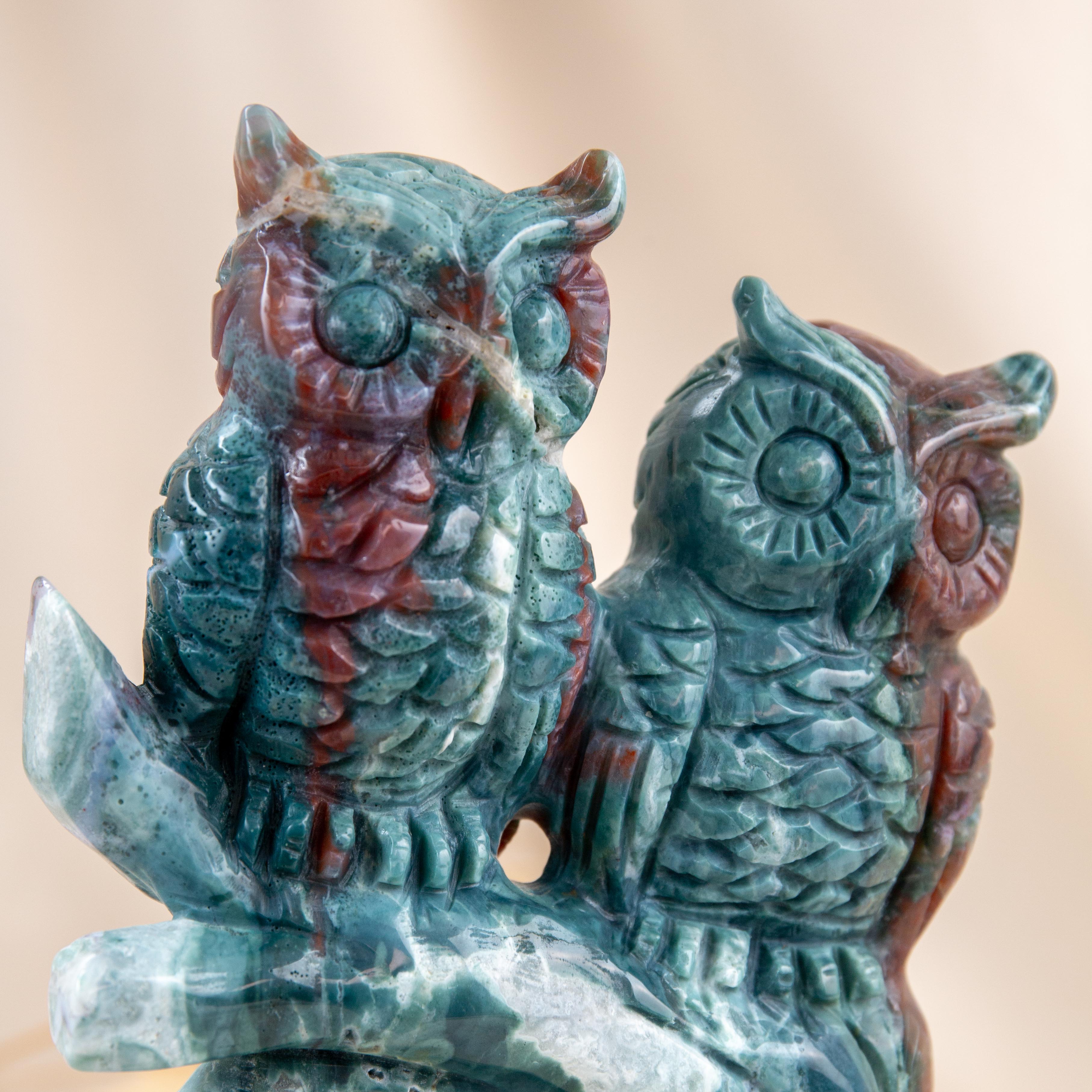
Apatite is a versatile and intriguing mineral known for its various colors and its associations with inspiration, self-expression, and clarity. Here's a summary of apatite:
Color: Apatite comes in a range of colors, including blue, green, yellow, brown, and colorless. Blue apatite is one of the most popular varieties.
Composition: Apatite is a group of phosphate minerals with the chemical formula Ca5(PO4)3(F, Cl, or OH). It is the primary mineral component of bones and teeth.
Luster: It has a vitreous (glass-like) to sub-vitreous luster when polished.
Hardness: Apatite has a hardness of 5 on the Mohs scale, which means it is relatively soft and can be easily scratched.
Occurrence: Apatite is found in various locations around the world, with significant deposits in countries like Brazil, Madagascar, and Russia. It is also found in the United States.
Metaphysical and Healing Properties: Apatite is often associated with inspiration, self-expression, and communication. It is believed to enhance creativity, stimulate mental clarity, and promote motivation. Apatite can be used for personal growth and achieving goals.
Jewelry and Decorative Use: While not as commonly used in jewelry as harder gemstones, apatite is still used for necklaces, earrings, and rings. Its vibrant colors and potential metaphysical properties make it attractive for those seeking both aesthetic and energetic benefits. Apatite is also used in carvings, ornamental objects, and mineral collections.
Sustainability: As with any gemstone, it's important to consider ethical sourcing practices when purchasing apatite. Supporting vendors who prioritize responsible mining and trading practices is vital.
Apatite's versatility and striking colors, particularly in blue, have made it a valuable and appreciated mineral in the world of gemstones. It is often seen as a symbol of inspiration and personal growth and is admired for both its aesthetic appeal and potential metaphysical properties.








